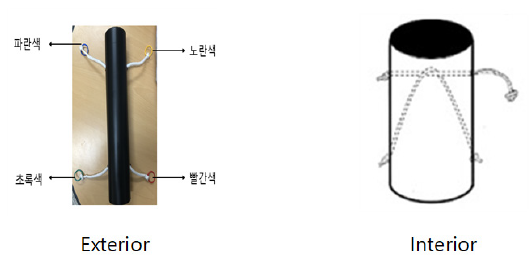Abstract
The purpose of this study is to analyze the characteristics of elementary school students' modeling process and obtain implications for modeling learning in elementary school students. The task is a mystery tube, one of the black box activities. The internal structure of the mystery tube composed by the participants viewed as a model and conducted a study on the modeling process for elementary school students. The ‘model determination process’ was defined as the process of determining whether the model generated by participant is appropriate to explain the phenomenon. 22 6th graders of elementary school were deliberately sampled, and the same task was carried out once to four times per participant. There are a total of five characteristics of the model determination process obtained through data analysis: ‘Determine the model at a superficial level’, ‘Determine the model that generated the mechanism to account for the whole phenomenon’, ‘Determine the model that generated the mechanism to account for the whole phenomenon’, ‘After verifying the mechanism through model externalization, the model is determined’, and ‘After integrating models including different mechanisms, the model is determined’. The conclusion is, first, in order to learn practical modeling by elementary school students, the input of tasks that fit the level of individual learners and proper scaffolding are required. Second, it was determined that elementary school students can also use the model as a cognitive tool.
Figures & Tables



